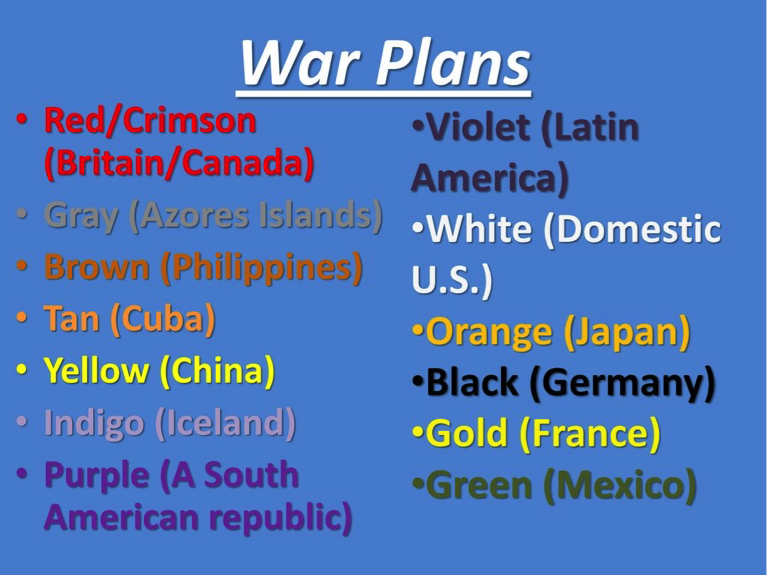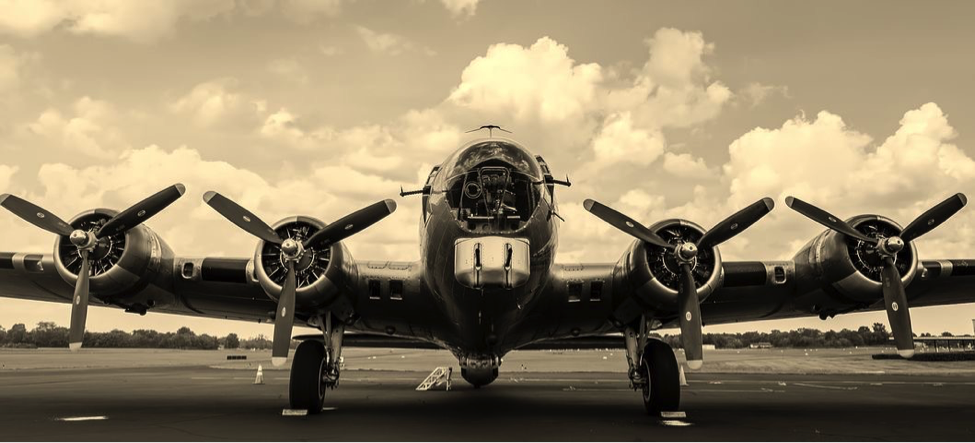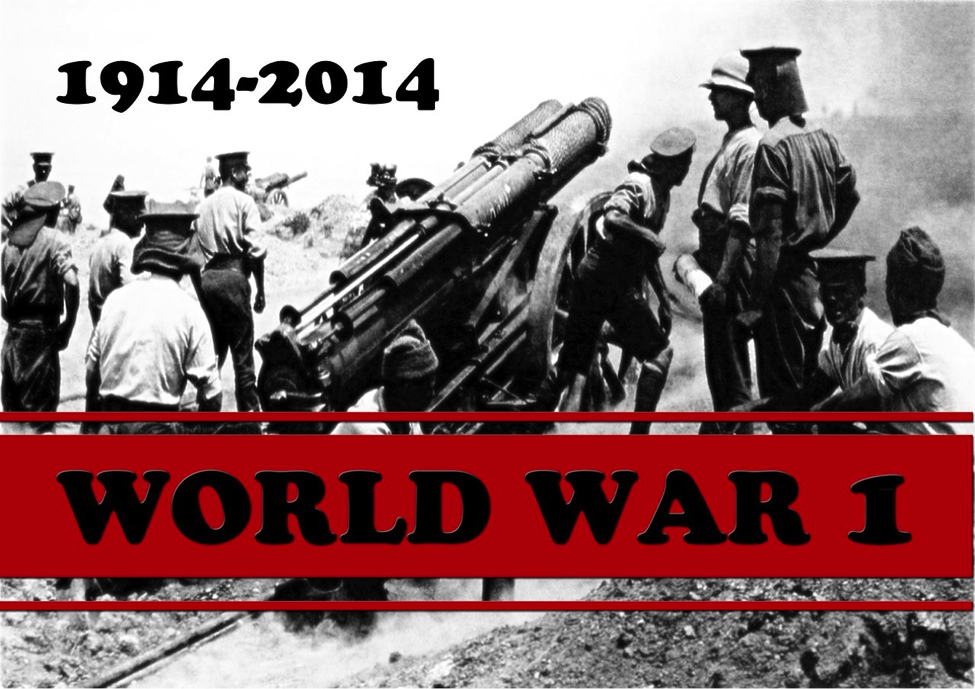U.S. War Plan Black
 In the world of historical fiction, one subset that has always been popular is the “what if” scenario. Wars are an intriguing starting point for these stories, as it can be fun to go down the rabbit hole of alternate endings. What if Germany won World War II? What if the U.S. ceded the South to the Confederacy? What if the South had won at Gettysburg?
In the world of historical fiction, one subset that has always been popular is the “what if” scenario. Wars are an intriguing starting point for these stories, as it can be fun to go down the rabbit hole of alternate endings. What if Germany won World War II? What if the U.S. ceded the South to the Confederacy? What if the South had won at Gettysburg?
Beyond the big questions, we have a slew of smaller “what if” conflicts, thanks to now-defunct drafts of war plans. During the late 1800s and early 1900s, many of the European powers, as well as America, developed plans in case of an attack by various nations or empires. While we could spend countless hours diving into the different plans drawn up, today we’re going to discuss one in particular: war plan Black. (more…)
 War Plan Orange was part of a series of color-coordinated contingency plans. War Plan Orange was specifically outlined by the United States in preparation for fighting a war against Japan alone. Though this plan was first outlined in 1919, it actually served as a template that the United States forces would use during World War II.
War Plan Orange was part of a series of color-coordinated contingency plans. War Plan Orange was specifically outlined by the United States in preparation for fighting a war against Japan alone. Though this plan was first outlined in 1919, it actually served as a template that the United States forces would use during World War II.
